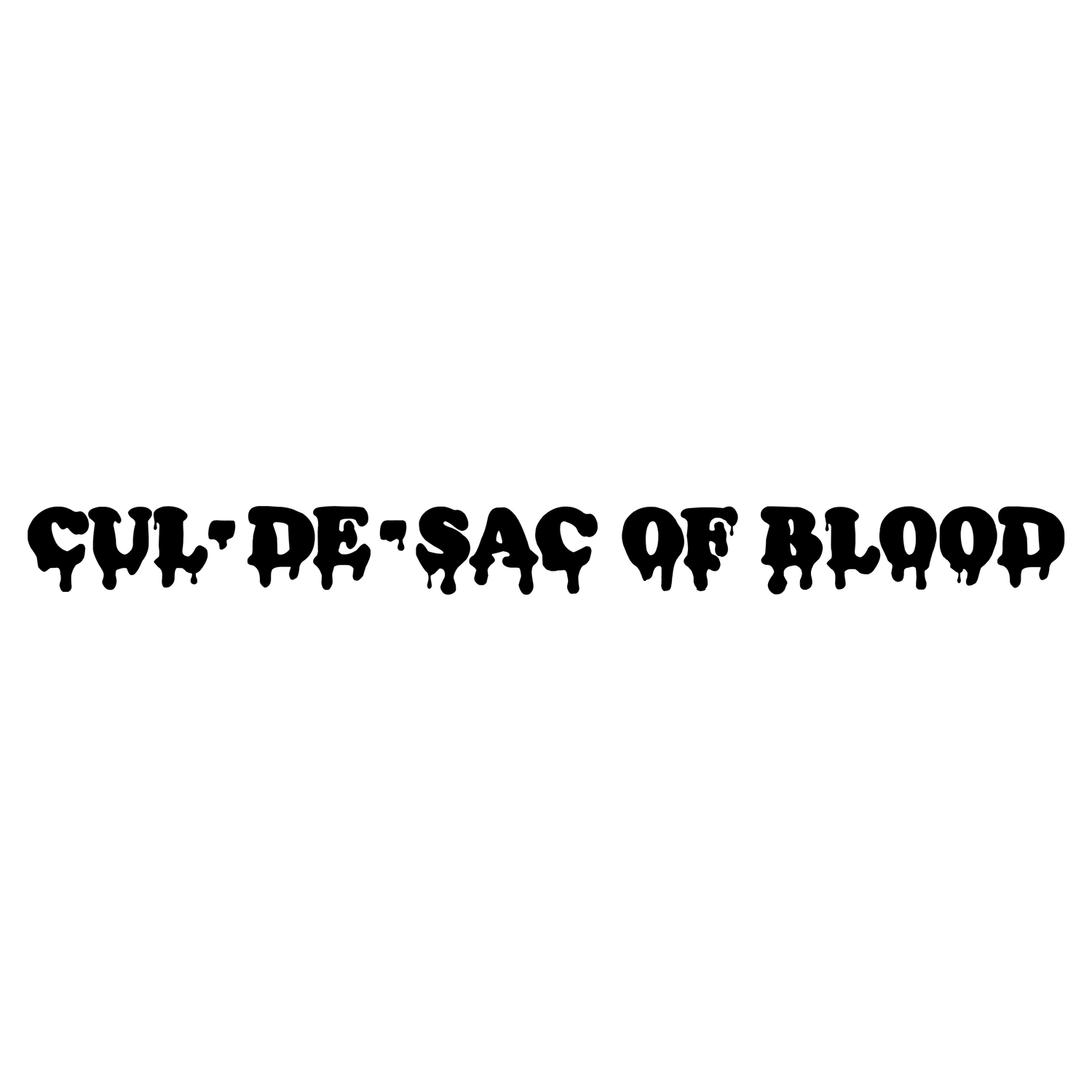Jonathan Minton on His Poems
Since its inception, horror films have been a hybrid art form, borrowing narratives, motifs, and iconography from folklore, pop culture, and literature. My poems about horror films are an attempt to explore this fascinating alchemy by examining the sources of horror’s earliest examples, and putting them in a kind of dialogue with materials from my own poetic origins. I’m hoping this imaginary space can not only uncover something interesting in the films that I love so much, but also help share my personal experiences with them with like-minded readers. When thinking about horror films, I’m always drawn back to what Tom Gunning famously refers to as the “cinema of attraction” in the earliest films of the 1890s and 1900s. The aesthetic appeal of horror has always been spectacle, a visceral experience, but one that’s designed to be shared. Horror films have a particularly powerful dynamic between film and audience. There’s nothing else quite like it in cinema, or in any other art form. I hope my poetry can borrow just a little bit from this.
Notes on the poems:
Le Manoir du Diable (1896): Some of the phrasing is adapted from Pierre Boaistuau’s “Certaine Secrete Wonders of Nature” (1560), translated by Edward Fenton, and from Maxim Gorky’s review of the Lumiere films at the Nizhni-Novgorod Fair in 1896.
Frankenstein (1910): Some of the phrasing is adapted from William James’ “The Hidden Self” and Roger Bacon’s “The Mirror of Alchemy.”
The Cabinet of Dr. Caligari (1920): Some of the phrasing is adapted from “The Minotaur,” by Ted Hughes.
Nosferatu (1922): Some of the phrasing is adapted from Dana Goia’s “Vampire’s Serenade,” W.D. Snodgrass’s “As a Child Sleepless,” and Han Byung-Chul’s Undinge.
